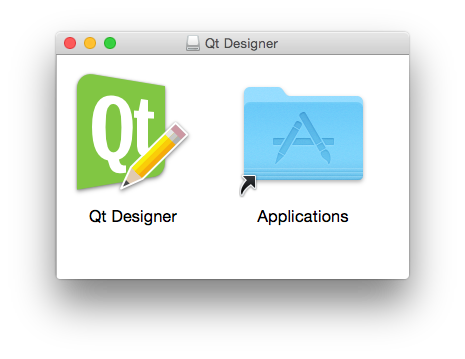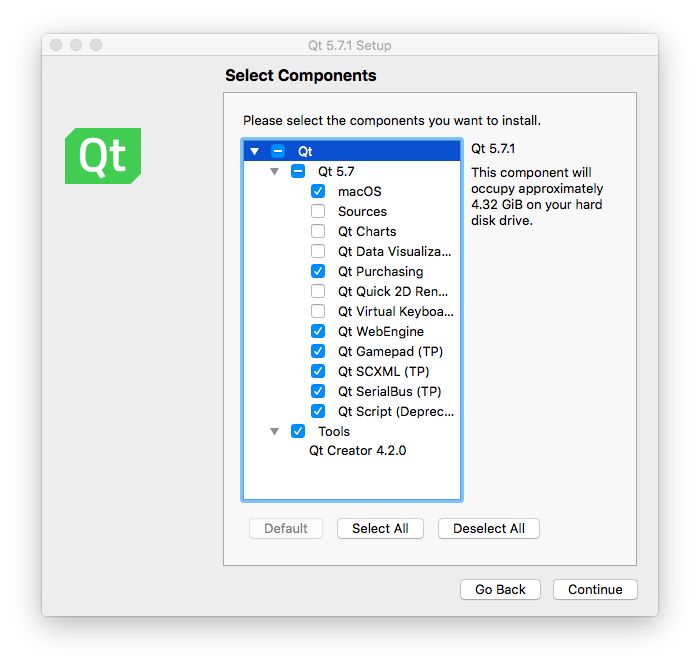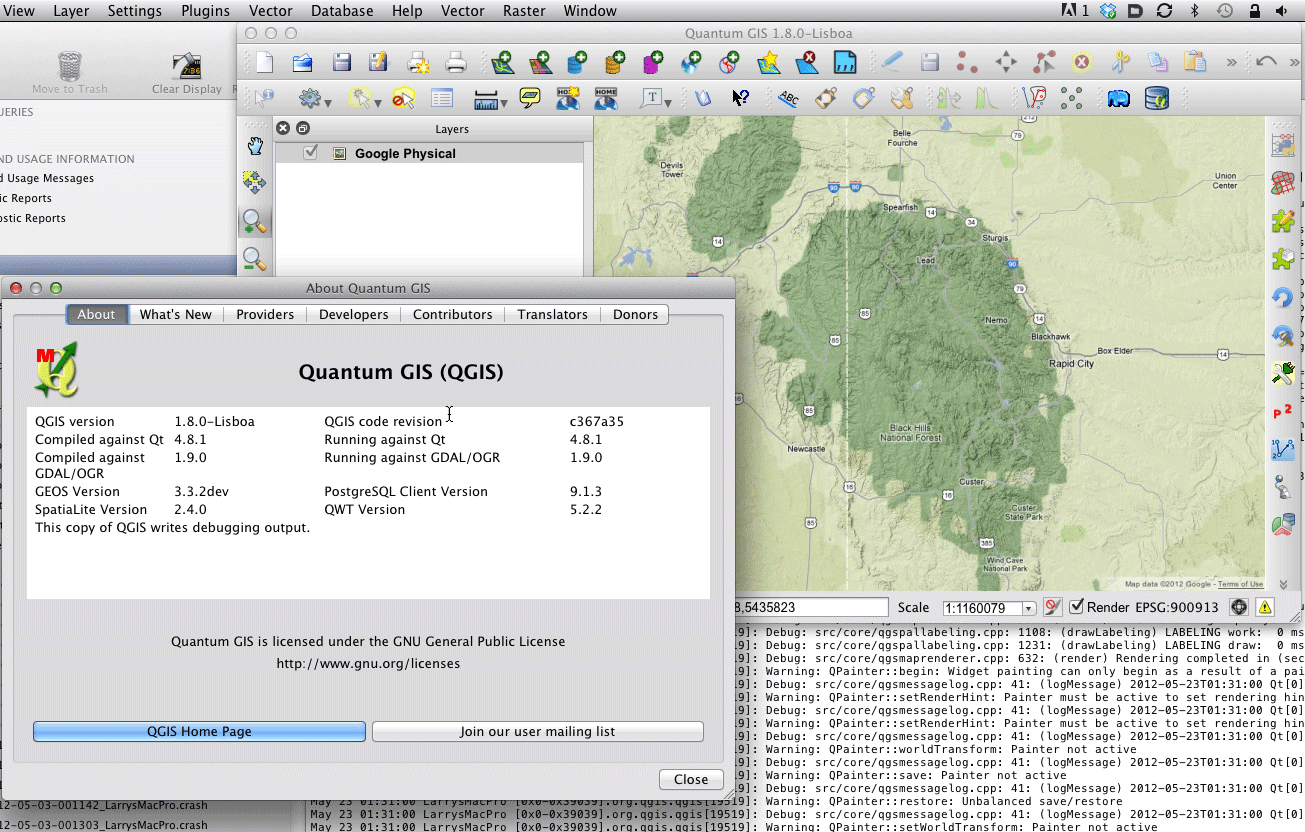This PyQt5 tutorial shows how to use Python 3 and Qt to create a GUI on Windows, Mac or Linux. It even covers creating an installer for your app. PyQt is a library that lets you use the Qt GUI framework from Python. Qt itself is written in C. Qt package from here or a custom build of Qt (preferably Qt 5.12 or greater) A Python interpreter (version Python 3.5+ or Python 2.7). Io / developmentreleases / prebuilt / libclang / libclang-release60-mac-clazy. Extract the files, and leave it on any desired path, and then set these two required environment.
Requirements¶
Qt package from here or a custom build of Qt (preferablyQt 5.12 or greater)
A Python interpreter (version Python 3.5+ or Python 2.7).You can use the one provided by HomeBrew, or you can getpython from the official website.
XCode 8.2 (macOS 10.11), 8.3.3 (macOS 10.12), 9 (macOS 10.13), 10.1 (macOS 10.14)
CMake version 3.1 or greater
Git version 2 or greater
libclang from your system or the prebuilt version from the
QtDownloadspage is recommended.virtualenvis strongly recommended, but optional.sphinxpackage for the documentation (optional).Depending on your OS, the following dependencies might alsobe required:
libgl-dev,python-dev,python-distutils,and
python-setuptools.
Building from source¶
Creating a virtual environment¶
virtualenv allows you to create a local, user-writeable copy of a python environment intowhich arbitrary modules can be installed and which can be removed after use:
will create and use a new virtual environment, which is indicated by the command prompt changing.
Setting up CLANG¶
If you don’t have libclang already in your system, you can download from the Qt servers:


Extract the files, and leave it on any desired path, and then set these two requiredenvironment variables:
Getting PySide2¶

Cloning the official repository can be done by:
Checking out the version that we want to build, e.g. 5.14:
Note

Python Qt Designer Mac
Keep in mind you need to use the same version as your Qt installation

Building PySide2¶
Check your Qt installation path, to specifically use that version of qmake to build PySide2.e.g. /opt/Qt/5.14.0/gcc_64/bin/qmake.
Build can take a few minutes, so it is recommended to use more than one CPU core:
Installing PySide2¶
To install on the current directory, just run:
Test installation¶
You can execute one of the examples to verify the process is properly working.Remember to properly set the environment variables for Qt and PySide2:
Python Qt For Mac Installer
© 2020 The Qt Company Ltd. Documentation contributions included herein are the copyrights of their respective owners. The documentation provided herein is licensed under the terms of the GNU Free Documentation License version 1.3 as published by the Free Software Foundation. Qt and respective logos are trademarks of The Qt Company Ltd. in Finland and/or other countries worldwide. All other trademarks are property of their respective owners.
